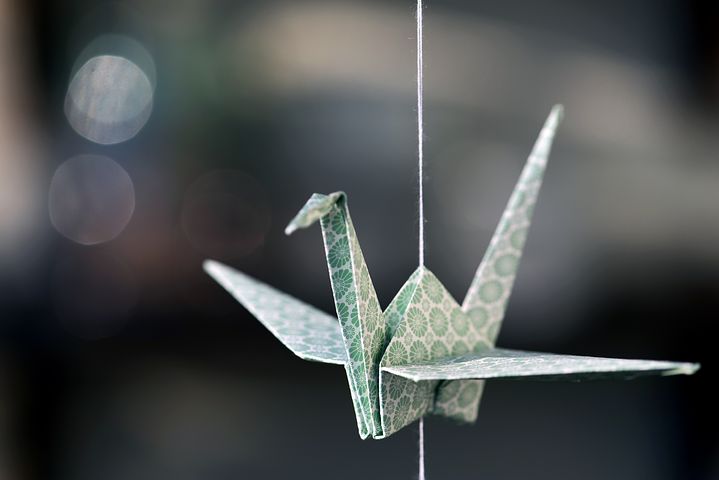
Packaging Reinvented
With a keen interest in the circular economy, Aylesbury Box Company enjoy design ideas that encourage packaging reuse. From beautifully constructed and printed boxes to packaging that becomes part of the product, we have showcased some examples in our blogs.
The latest product to come to our attention is the redesign of Japanese miniature KitKats.
Swap Plastic for Paper Wrapping
Nestle is one of the global companies that have made a commitment in relation to their product packaging. The brand is working towards the target of only using recyclable or reusable packaging by 2025.
Many Nestle chocolate bars and snacks are currently sold in single-use plastic wrappers. In the York-based research and development centre, the company is exploring ways to replace these with paper-based packaging, without compromising on the quality of the product.
The first product to reach the market is the Japanese KitKat miniature range. These are now wrapped in a square of paper. The printed design on this paper wrapper shows a traditional origami crane. This shows that the product is for the Japanese market, but it is also intended to inspire creative reuse of the packaging. When unwrapped with care, the paper can be folded into a crane or any other origami shape.
The Origins of Paper Origami
The process of paper-making originated in China but had reached Japan by the 6th Century. At the time, each sheet was handmade and the cost made paper a luxury item, afforded by only the wealthiest in society. As a result, the early development of ‘ori-kami’ or folded paper was restricted to ceremonial events.
The paper artist Akisato Rito published a book on ‘Orikata’ in the 18th Century. By then, paper was more widely available and affordable, so paper folding had become a recreational craft, with skills and designs being passed down through families.
This book is credited with the development of this tradition. It recognised the skill involved and inspired many others to create animals, flowers and other objects from paper. Origami remains a popular craft in Japan, as well as in many other countries.
1000 Folded Cranes
The most popular traditional origami shape is the crane, a symbol of longevity. The folding of 1000 cranes is considered a sign of good fortune and a chain or ‘senbazuru’ is a popular decoration at Japanese weddings.
According to Japanese legend, anyone who completes the task of folding 1000 cranes is granted one wish. Even if you have a sweet tooth, that is a lot of miniature KitKats!
Inspiring Packaging Reuse
Aylesbury Box Company are not experts in paper folding, but our commitment to sustainable packaging, coupled with our cardboard engineering skills have helped a number of companies to realise ideas to encourage packaging reuse. Printed instructions, templates and images can also be effective methods of encouraging creative thinking and future uses of corrugated cardboard boxes.
Contact us on 01296 436888 to discuss how your ideas could translate into a viable packaging design.




Sorry, the comment form is closed at this time.